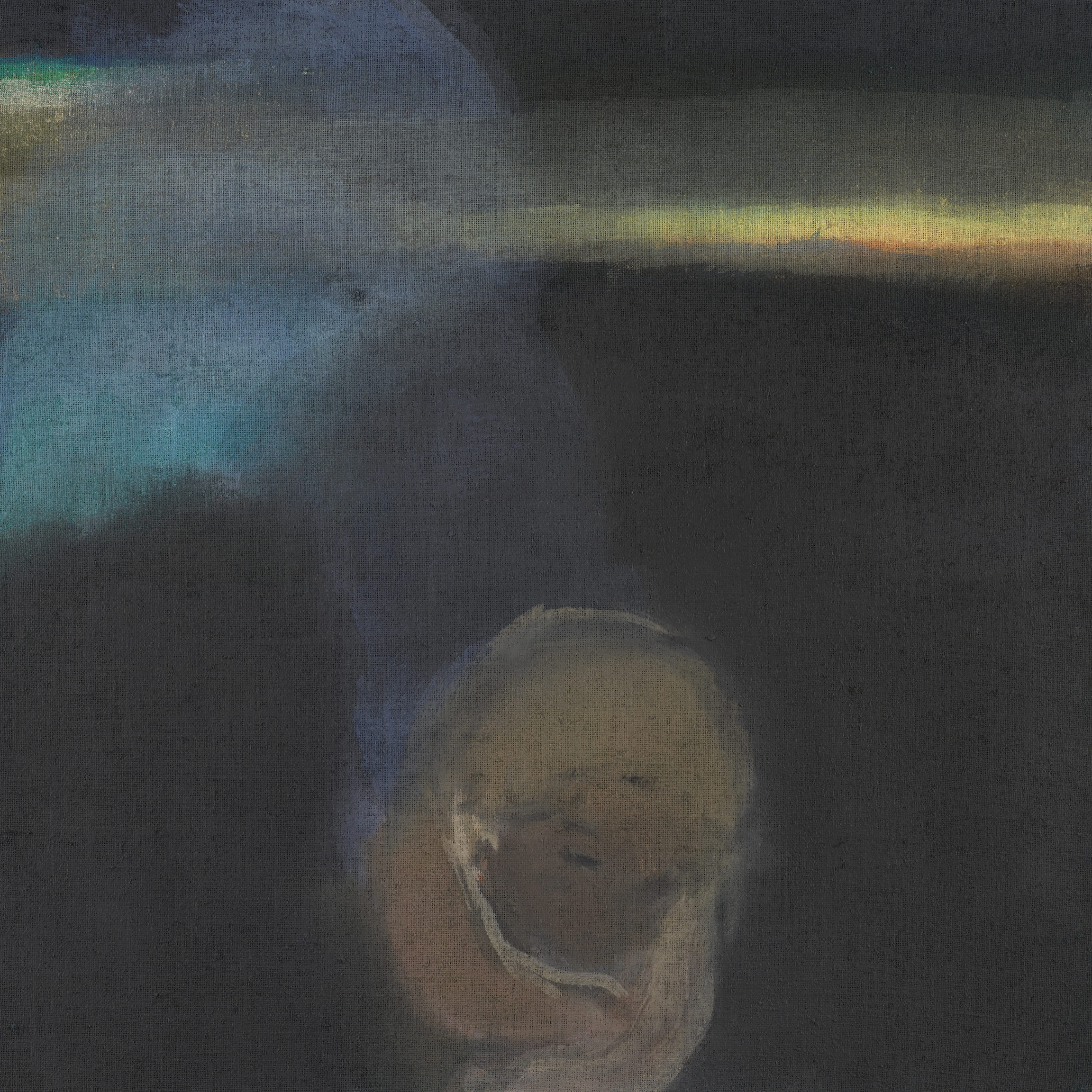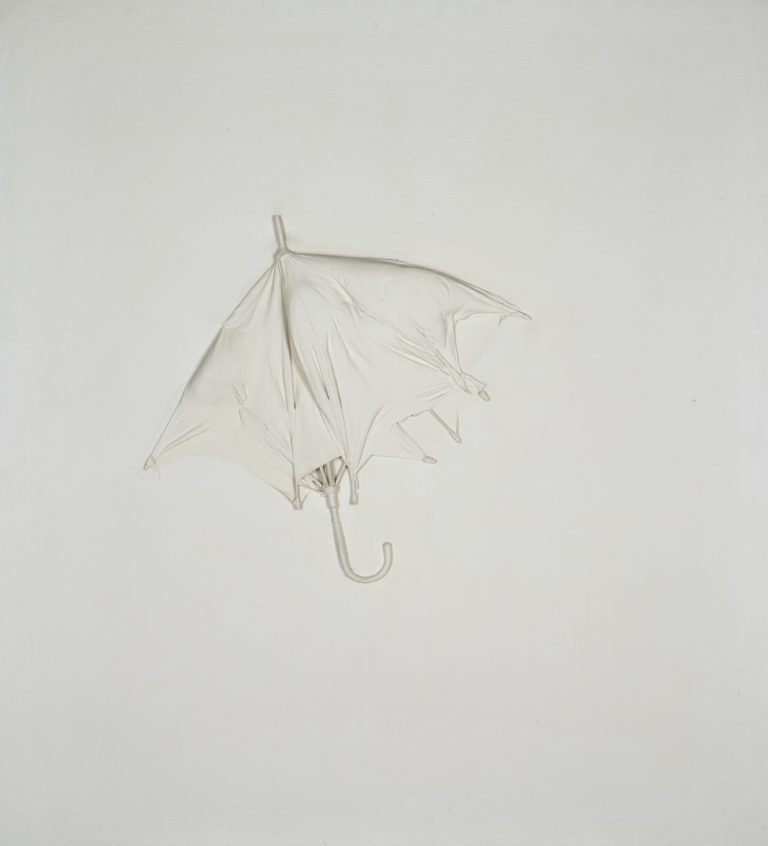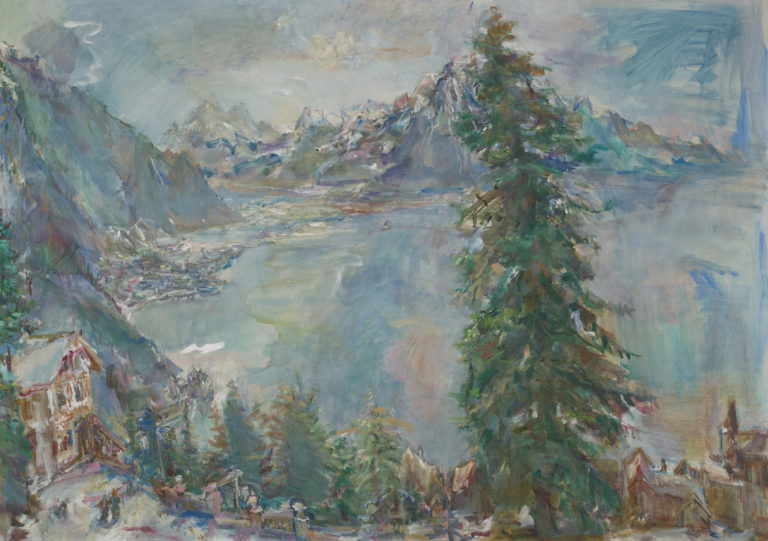Exposé actuellement
The CollectionBibliography
Nicola von Velsen, ‘Ein Gespräch mit Leiko Ikemura,’ in Leiko Ikemura, exh. cat. Arnsberg, Sauerland-Museum Arnsberg, Cologne, DuMont, 2010: 28-41.
Eva Scharrer, ‘Grenzgänger im Zwischenraum – zu den Horizontbildern von Leiko Ikemura,’ in Hortensia von Roda (ed.), Leiko Ikemura: Tag, Nacht, Halbmond/Day, Night, Half Moon, exh. cat. Schaffhouse, Museum zu Allerheiligen, Sturzenegger-Stiftung, Zurich, Scheidegger & Spiess, 2008: 207-221.
Barbara Weidle, ‘Interview de Leiko Ikemura,’ in Leiko Ikemura. Les Années lumière – Lichtjahre, exh. cat. Lausanne, Musée cantonal des Beaux-Arts, Milan, Skira, 2001: 82-98.




Leiko Ikemura’s pictorial practice took a new turn in the early 1990s. Her expressive early paintings gave way to a more restrained form, with strokes of colour of almost transparent brightness, landscapes between sea and mountain with young girls floating, walking, reclining or diving, on the border between the world of the living and the spirit realm.
In Eintauchen, a young girl gently falls or dives, as the title suggests, from a horizon line placed very near the top to the lower third of the canvas, her two arms folded round her face, her eyes half-closed, in a pose close to sleep. She is strangely disembodied: her legs cannot be seen though her garments are transparent, and nor can the feet that would anchor her to the ground. Her torso and head stand out against a very dark ground, while her blue skirt floats above her, showing the yellow horizon line through it, creating two separate spaces on the canvas: one for the figure, part black night, part opaque subaquatic world, and the other hinted at by the bright, vibrant line of light. The horizon line can also be read as a dividing line or a threshold between sea and sky, falling and rising, the here and the beyond, two states of being, also underscored by the floating figure. The girl’s torso and head are below the line, but her skirt overlaps it and takes flight beyond it. The figure is thus connected to the two realms, crossing between the two with ease. When asked in 2001 about the omnipresent horizon in her canvases, Ikemura replied, ‘The horizon does reveal itself to us like a line, but the line does not exist. Yet it is the most beautiful line of all. It represents both our bond with the earth and nostalgia for infinity’.